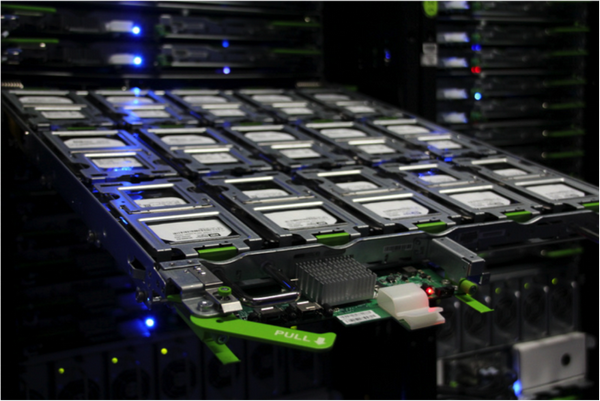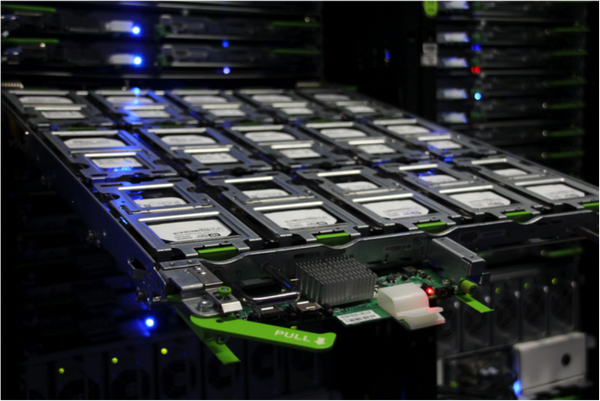People share 2 billion photos on Facebook services every day, so Facebook needs to store them efficiently. To deal with such massive scale of data, the social network giant said it decided to “reimagine the conventional data centre building itself, as well as the hardware and software within it.” “The result was a new storage-based data centre built literally from the ground up, with servers that power on as needed, managed by intelligent software that constantly verifies and rebalances data to optimise durability,” Facebook engineers Krish Bandaru and Kestutis Patiejunas said, while explaining what goes into storing swelling amounts of user data. [caption id=“attachment_2234904” align=“alignnone” width=“600”]  A tray of hard drives in a cold storage rack[/caption] “The goal was to make sure your #tbt photos from years past were just as accessible as the latest popular cat meme but took up less storage space and used less power. The older, and thus less popular, photos could be stored with a lower replication factor but only if we were able to keep an additional, highly durable copy somewhere else,” they added. Reducing operating power was a goal from the beginning, Facebook highlighted by saying a new facility was built using “a relatively low amount of power but had lots of floor space.” The data centres are equipped with less than one-sixth of the power available to our traditional data centres, and, when fully loaded, can support up to one exabyte (1,000 PB) per data hall. “Too often, we’ve all seen systems begin to get bogged down as they grow and become more utilised. So, right from the beginning, we vowed to make a system that not only didn’t degrade with size but also would get better as it grew.” Two of these cold storage facilities have opened within the past year, as part of the company’s data centres in Prineville, Oregon, and Forest City, North Carolina. “Our two cold storage data centres are currently protecting hundreds of petabytes of data, an amount that’s increasing every day. This is an incredible start, but as we like to say at Facebook, we’re only 1 percent finished,” Bandaru and Patiejunas added. Read full details of Facebook’s cold storage data centres here.
To deal with massive scale of user data, Facebook said “reimagined the conventional data centre building itself, as well as the hardware and software within it.”
Advertisement
End of Article


)

)
)
)
)
)
)
)
)



